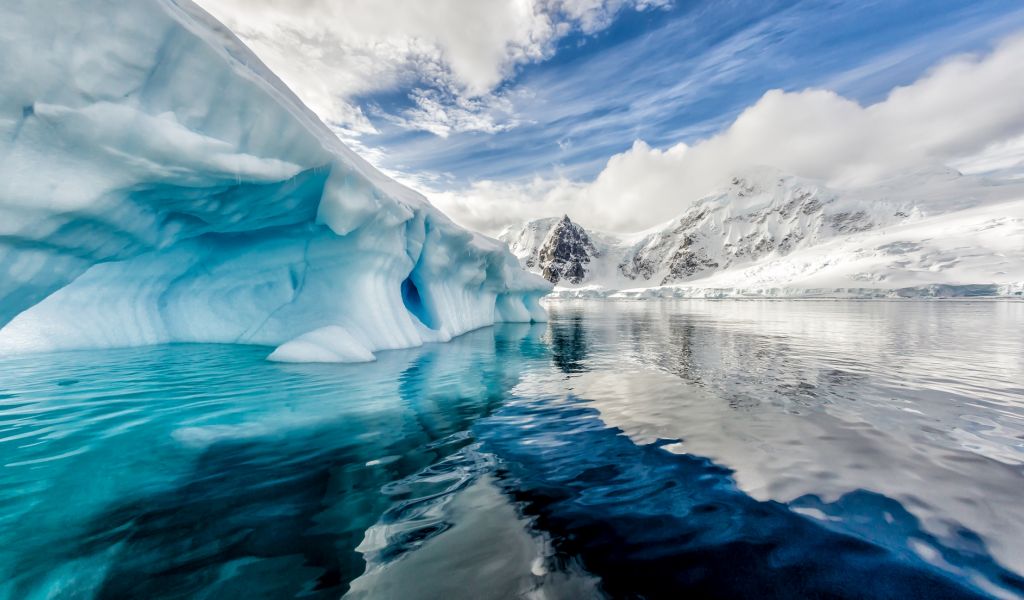Life Under Ice
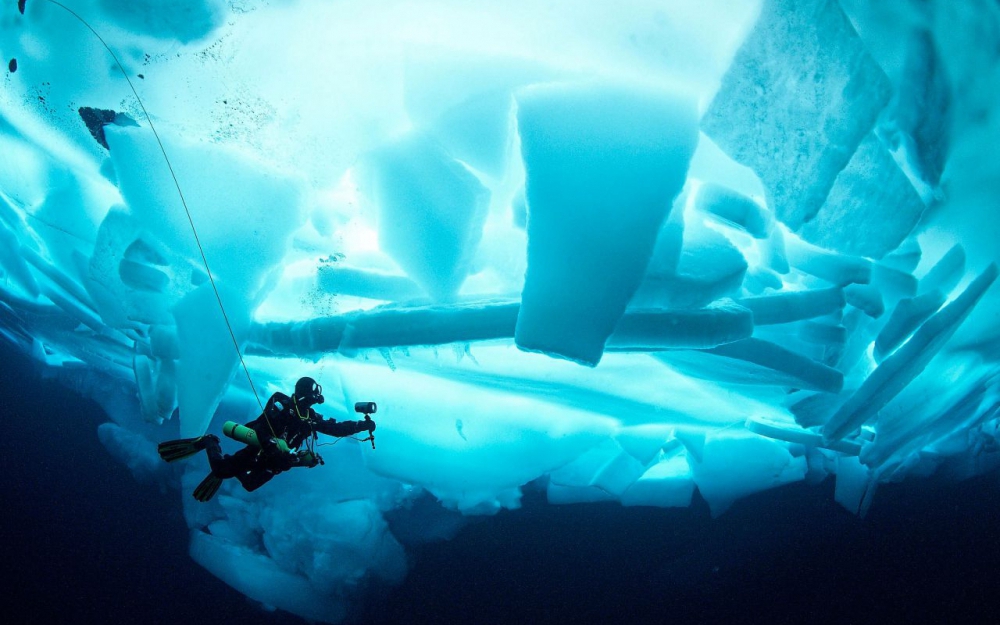 One will be surprised to realize what the scientists have found below the ice. It’s LIFE underneath. The newly discovered ice floor has been devastated for approximately 120,000 years with no signs of light. Very small sized currents are believed to connect the ocean and this sea floor. Probably an entirely different ecosystem inhabits in here.
One will be surprised to realize what the scientists have found below the ice. It’s LIFE underneath. The newly discovered ice floor has been devastated for approximately 120,000 years with no signs of light. Very small sized currents are believed to connect the ocean and this sea floor. Probably an entirely different ecosystem inhabits in here.
The Lesser Known
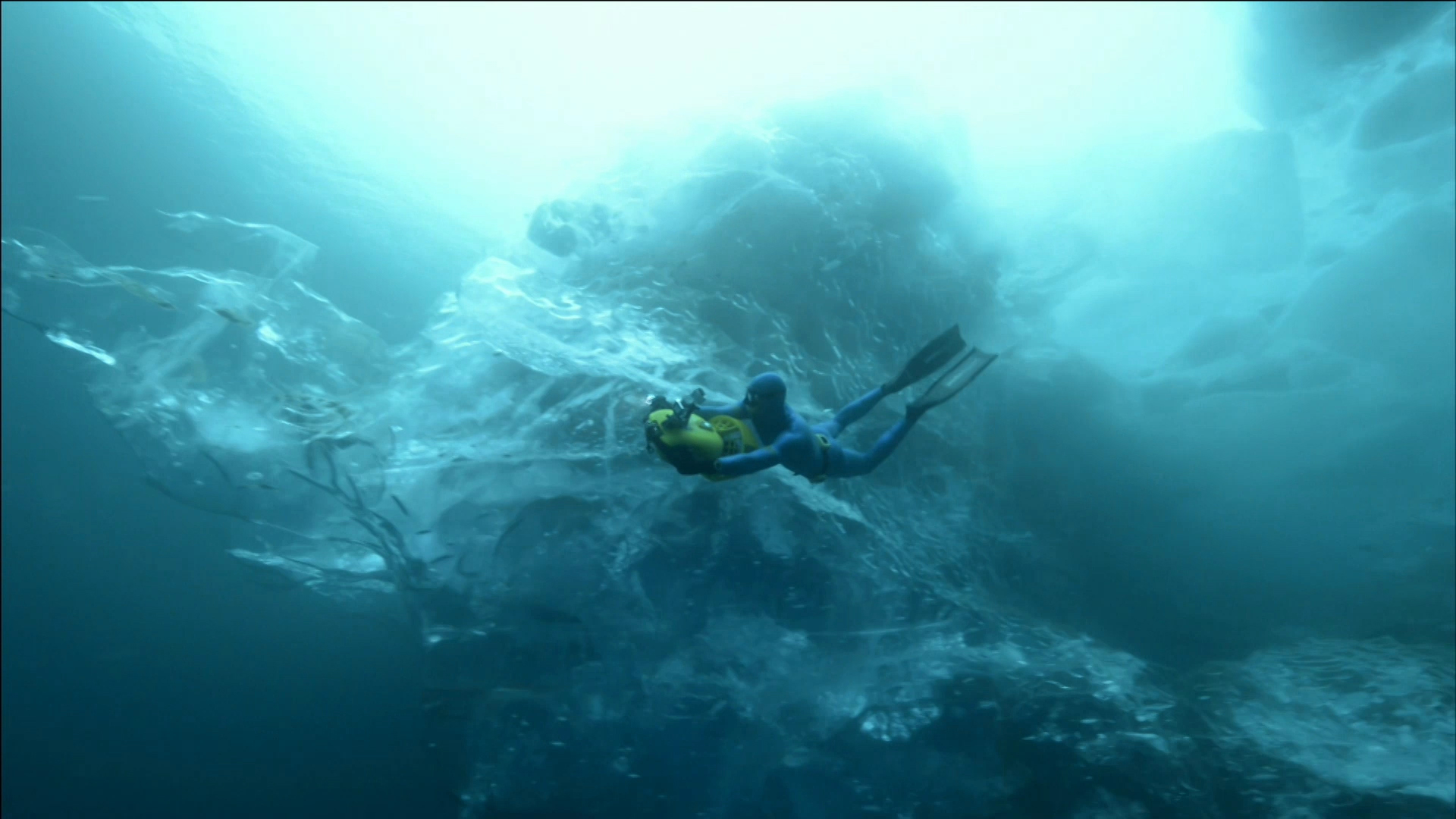 In one of her interviews, Susan Grant, a marine biologist at the British Antarctic Survey said that the newly explored area is a big task for the research team and is something worth discovering. They knew very little or absolutely nothing about what might or not have been living in these temperatures and climates. Scientists know a lot more about what lies above the surface and not what inhabits underneath it.
In one of her interviews, Susan Grant, a marine biologist at the British Antarctic Survey said that the newly explored area is a big task for the research team and is something worth discovering. They knew very little or absolutely nothing about what might or not have been living in these temperatures and climates. Scientists know a lot more about what lies above the surface and not what inhabits underneath it.
Beneath The White Layer
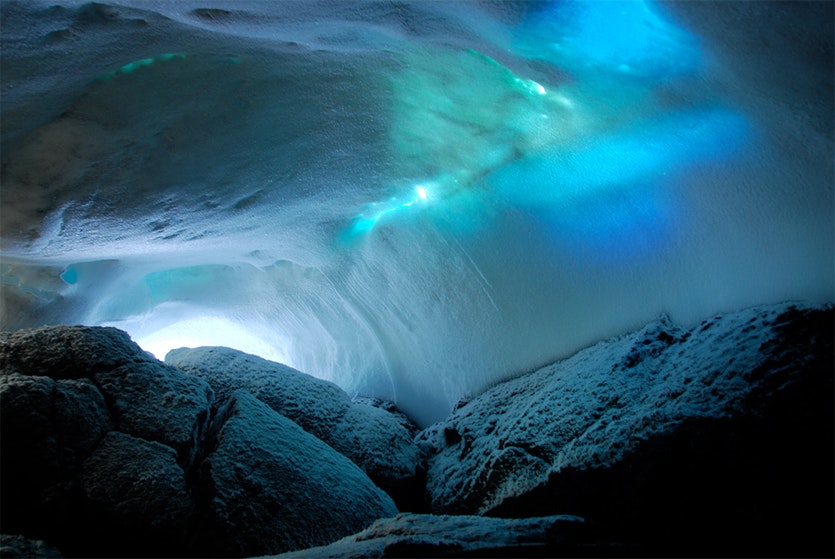 Phil Trathan, another scientist working with Susan said that these newly explored lands must be preserved for extensive research work. These special areas demand hours of research to draw conclusions about the species that live on there. In the year 2016, the Commission for Conservation of Antarctic Marine Living Resources made an effort to declare this part of Larsen C section as ” no research zone”. For almost two years this area was restricted for research.
Phil Trathan, another scientist working with Susan said that these newly explored lands must be preserved for extensive research work. These special areas demand hours of research to draw conclusions about the species that live on there. In the year 2016, the Commission for Conservation of Antarctic Marine Living Resources made an effort to declare this part of Larsen C section as ” no research zone”. For almost two years this area was restricted for research.
The Dynamic
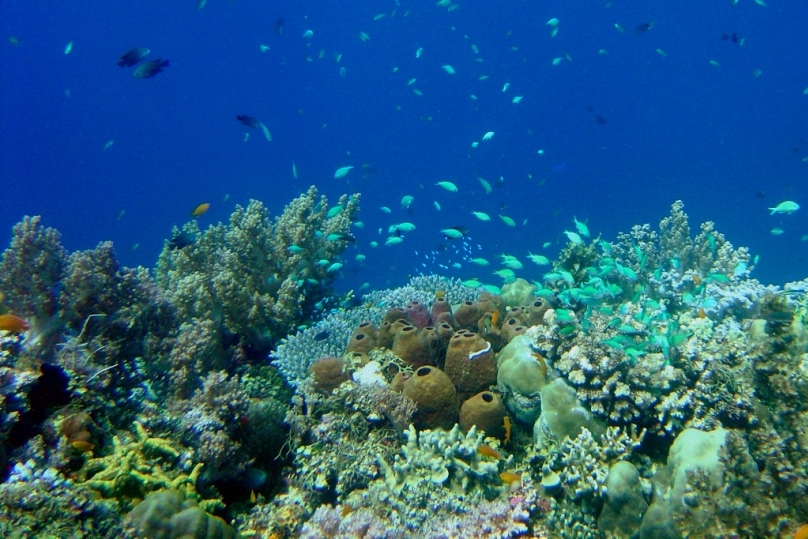 The discovered ecosystem itself is a mystery. This marine ecosystem is an altogether different biological community of organisms interacting in a physical environment that is changing constantly. Firstly, the explored ecosystem was hidden and now the unhidden had more hidden secrets. Though everything in this natural world is interconnected, the connection of the life in the Antarctic with the globe is still to be established.
The discovered ecosystem itself is a mystery. This marine ecosystem is an altogether different biological community of organisms interacting in a physical environment that is changing constantly. Firstly, the explored ecosystem was hidden and now the unhidden had more hidden secrets. Though everything in this natural world is interconnected, the connection of the life in the Antarctic with the globe is still to be established.
The Mystery Unveiling
 All over the globe the researchers and scientists are anxious about the new revelations the study on the Antarctic sea floor might uncover. They are curious about the varied form of flora and fauna and other species that are inhabitants of such an atmosphere and environment. They surely will be of unusual varieties which have never been talked about before and explored. Let’s see what more the Antarctic has in store for us…
All over the globe the researchers and scientists are anxious about the new revelations the study on the Antarctic sea floor might uncover. They are curious about the varied form of flora and fauna and other species that are inhabitants of such an atmosphere and environment. They surely will be of unusual varieties which have never been talked about before and explored. Let’s see what more the Antarctic has in store for us…
Seeping Deeper
 Researchers believe that events like these are likely to occur more frequently and they serve more opportunities to the scientists to discover the unrevealed secrets of their planet. Susan Grant and her team are keen to link the adaptation of these tiny inhabitants with the changing climate. Certain researches show that these less known species can very instantly adapt to climatic changes.
Researchers believe that events like these are likely to occur more frequently and they serve more opportunities to the scientists to discover the unrevealed secrets of their planet. Susan Grant and her team are keen to link the adaptation of these tiny inhabitants with the changing climate. Certain researches show that these less known species can very instantly adapt to climatic changes.
